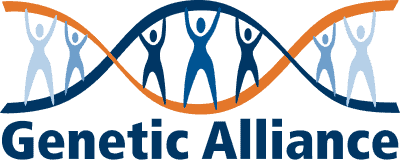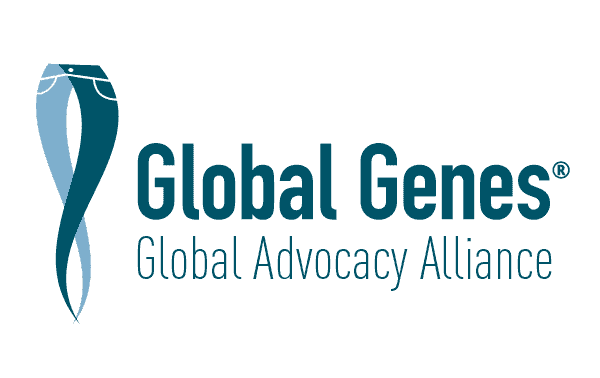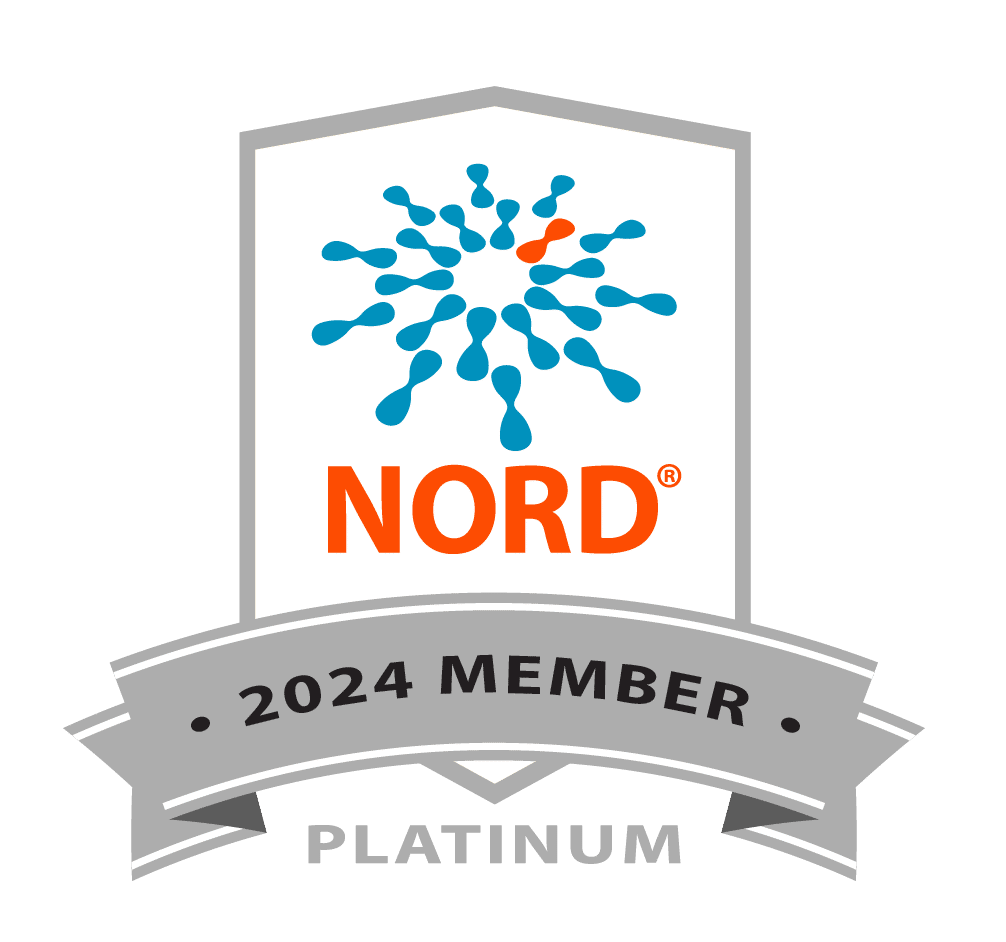Maria I. Kontaridis, Ph.D.l, 2 and Amy Roberts, M.D.3
1 Beth Israel Deaconess Medical Center, Department of Medicine, Division of Cardiology, Boston, MA
2 Department of Biological Chemistry and Molecular Pharmacology, Harvard Medical School, Boston, MA.
3 Boston Children’s Hospital, Department of Cardiovascular Genetics, Boston, MA.
Essentially all cases of Noonan syndrome with multiple lentigenes {NS-ML; formally termed LEOPARD syndrome}, a rare autosomal dominant, multi-systemic disease, are caused by mutations in the SH2 domain-containing protein tyrosine phosphatase SHP2, encoded by PTPN11. NS-ML presents with phenotypic characteristics similar to those observed in other RASopathy disorders, including multiple lentigines, electrocardiographic conduction abnormalities, ocular hypertelorism, pulmonic stenosis, abnormal genitalia, retardation of growth, and sensorineural deafness. However, the most common cardiac manifestation in NS-ML is hypertrophic cardiomyopathy {HCM}, with an estimated prevalence of 70-80%. Currently, there is no existing treatment for LS patients with HCM, and many die early of end-stage heart failure.
To determine the biological and functional mechanisms in LS, we generated inducible knock-in mice harboring one of the two most common mutations in human LS, the Y279C PTPNll mutation. Our mice recapitulated nearly all major aspects of the LS phenotype. Furthermore, biochemical analyses of hearts and primary cardiomyocytes from these mice identified the molecular basis for HCM as a hyperactivation of the Akt/mTor (mammalian target of rapamycin) signaling pathway. As a result, we identified a pharmacological intervention for HCM in LS using rapamycin, which both prevented and reversed the LS mouse cardiac defects in vivo.
Together, our data identify the first possible medical treatment for LS. In collaboration with the TRND platform, we hope to now establish a multi-site clinical trial for use of rapamycin/rapamycin analogs in the treatment of HCM in LS patients. These studies also highlight the importance of using individualized therapies in the treatment of RASopathy disorders, which as a group may affect as many as one in 1000- 2,000 people. Finally, understanding the mechanisms of rare diseases such as LS may have even broader implications, i.e., use of a similar therapeutic strategy in the treatment of other, more common types of congenital cardiomyopathy.




